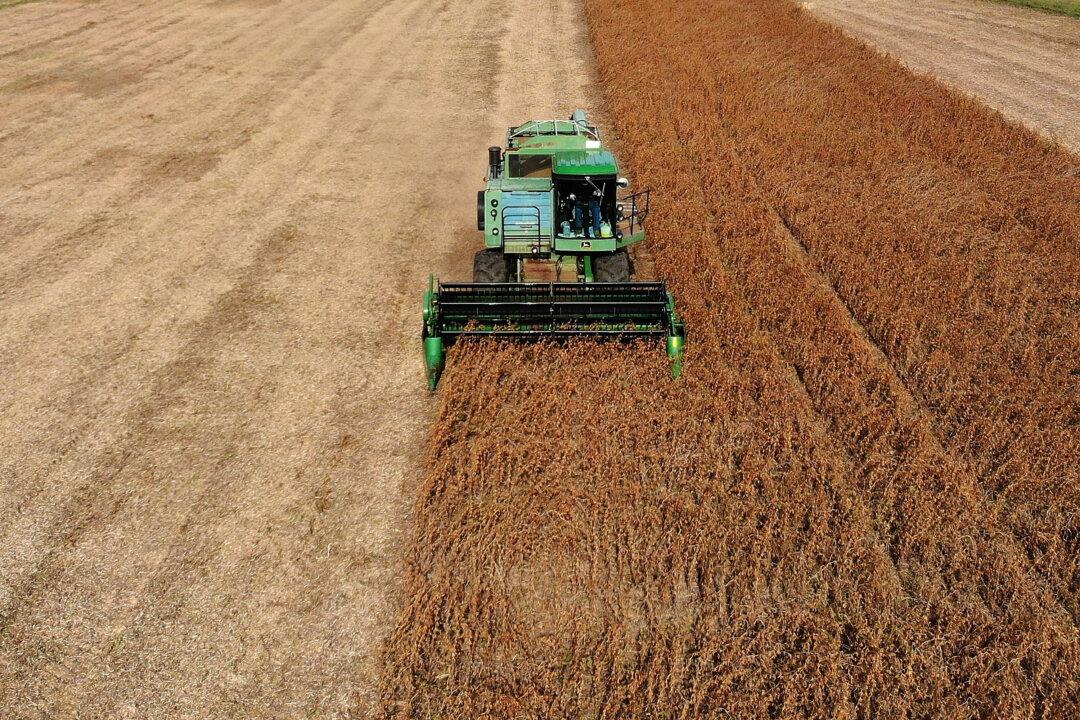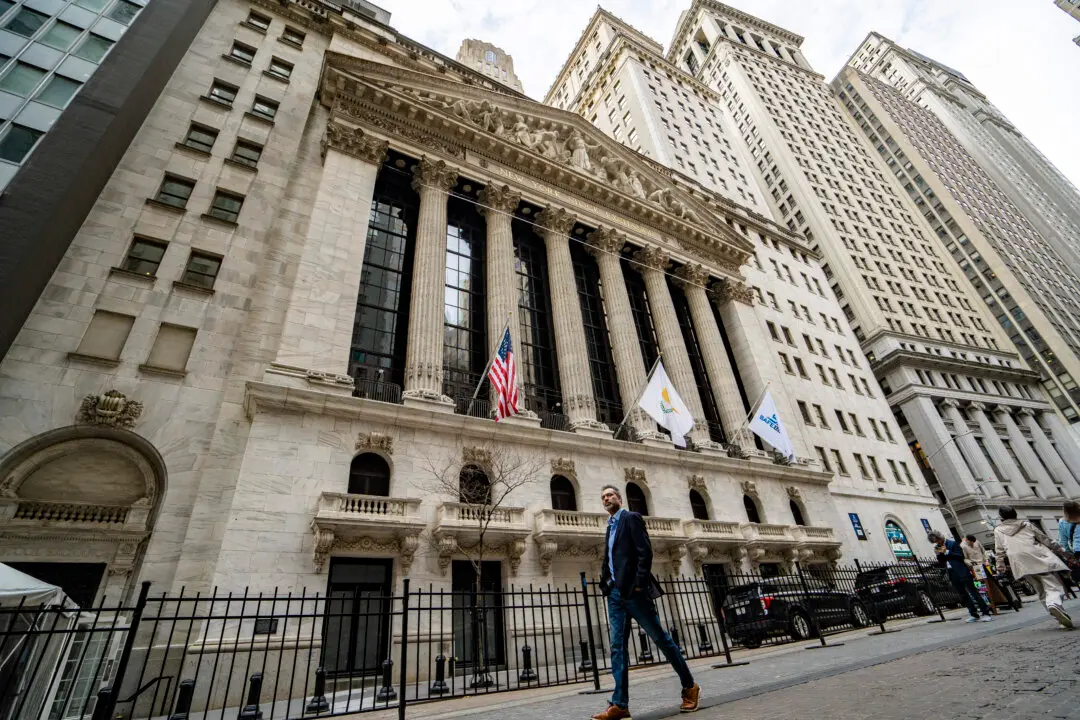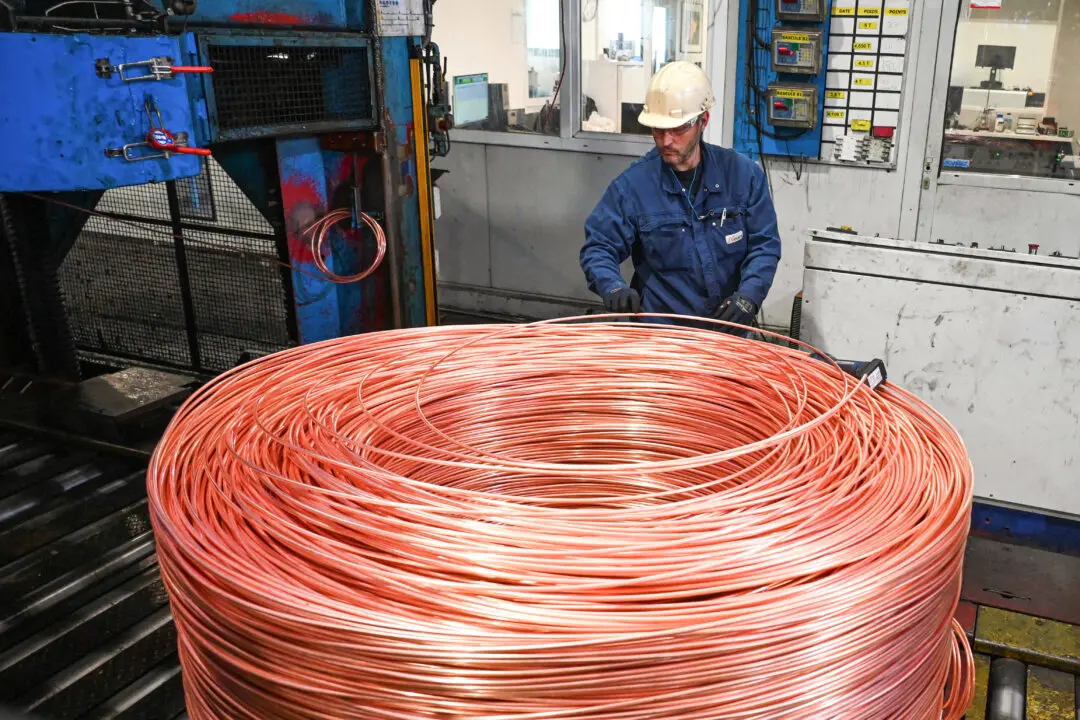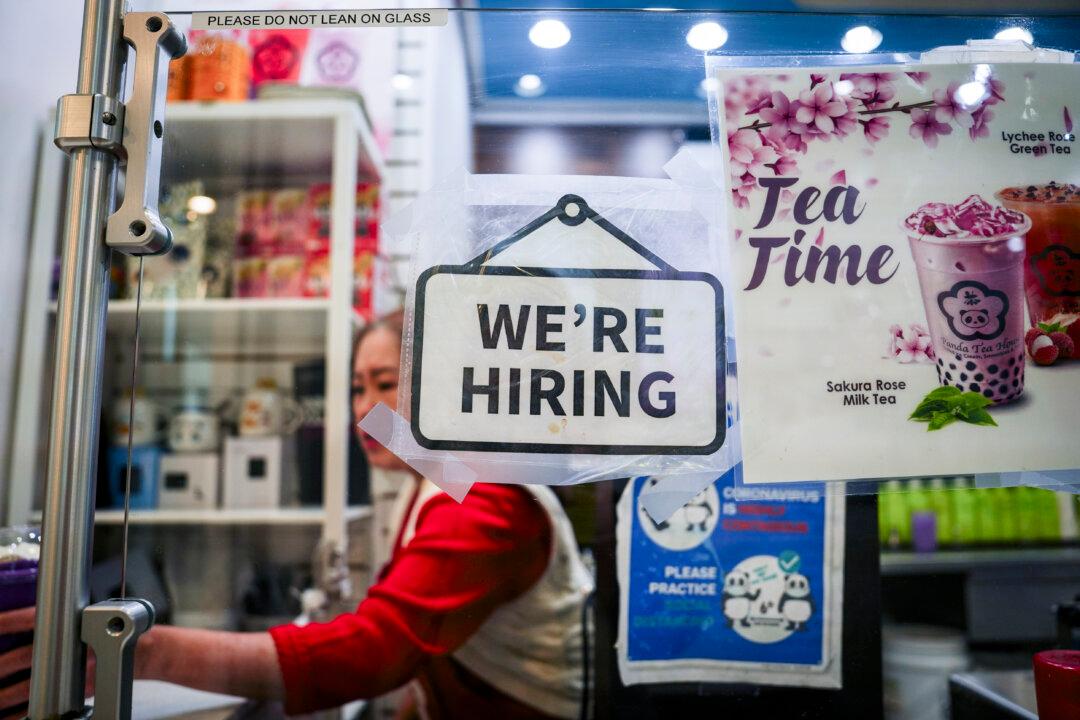Farmers are optimistic about the state of the U.S. agricultural economy moving forward, a new study has found.
The Purdue University/CME Group Ag Economy Barometer climbed by nine points in December 2021 to a reading of 125, marking only the second time that the monthly snapshot of farmer sentiment has risen since May. The Index of Current Conditions rose by 18 points to 146, and the Index of Future Expectations edged up four points to a total of 114.





